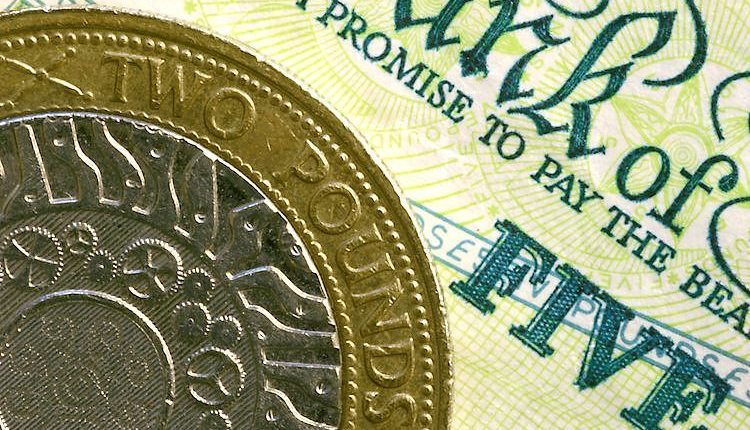- The Pound Sterling drops after refreshing a two-week high near 1.2750 against the US Dollar.
- The US Dollar is preset to end the week on a negative note.
- Investors expect the BoE policy-easing cycle will be slower than in the US.
The Pound Sterling (GBP) weakens against its major peers on Friday even though investors expect the Bank of England (BoE) to cut interest rates more gradually, given the higher inflation in the United Kingdom (UK) economy, especially in the services sector. UK’s inflation report for October showed that the annual core Consumer Price Index (CPI) – which excludes volatile items – accelerated to 3.3%, and the service inflation rose by 5%. Inflation in the services sector is closely tracked by BoE officials for decision-making on the interest rate policy.
This week, BoE Deputy Governor Clare Lombardelli warned about risks of inflation remaining higher than the bank’s forecast, where wage growth normalizes at 3.5%-4% and the Consumer Price Index (CPI) around 3% rather than 2%, in her speech at King’s Business School on Monday.
The British currency is weakest against the Japanese Yen (JPY), which is outperforming across the board as market expectations for the Bank of Japan (BoJ) to raise interest rates in December have escalated.
Daily digest market movers: Pound Sterling gives up gains against US Dollar
- The Pound Sterling surrenders its intraday gains after refreshing a two-week high near 1.2750 against the US Dollar (USD) in Friday’s European session. The GBP/USD pair falls back as the US Dollar rebounds in a thin volume trading day due to the Thanksgiving holidays. The US Dollar Index (DXY), which tracks the Greenback’s value against six major currencies, bounces back after posting a fresh two-week low near 105.60.
- However, the US Dollar is on course to end the week with a near 1.5% decline. The correction in the US Dollar started on Monday after United States (US) President-elect Donald Trump nominated seasoned hedge fund manager Scott Bessent to fill the position of Treasury Secretary.
- Investors watered down the so-called ‘Trump trades’ after financial market participants regarded Bessent as a “safe pair of hands”. In an interview with the Financial Times (FT) last weekend, Bessent said he will focus on enacting Trump’s tariffs but will be “layered in” gradually, a scenario that would maintain geopolitical steadiness. Also, Bessent preferred to reduce the budget deficit to 3% of Gross Domestic Product (GDP), a move that will maintain fiscal discipline.
- Going forward, the US Dollar will be guided by market expectations for the Federal Reserve (Fed) interest rate action in the December meeting and next year. According to the CME FedWatch tool, the probability that the Fed will cut interest rates by 25 bps to the 4.25%-4.50% range in the December meeting is 66%, while the rest supports leaving them unchanged. For 2025, traders price in a 75-bps interest rate reduction by the year-end, Reuters reported.
Technical Analysis: Pound Sterling falls after a mean-reversion move to near 20-day EMA
The Pound Sterling drops after posting a fresh two-week high near 1.2750 against the US Dollar on Friday. The GBP/USD pair faces selling pressure after accelerating its recovery near the 20-day Exponential Moving Average (EMA), which trades around 1.2725. The recovery move in the Cable was initiated after finding buying interest near the upward-sloping trendline around 1.2550 earlier this week, which is plotted from the October 2023 low around 1.2040. Before that, the pair had a one-sided fall from more than a two-year high above 1.3400.
The 14-day Relative Strength Index (RSI) rebounds after turning oversold. However, the downside bias is still intact.
Looking down, the pair is expected to find a cushion near the upward-sloping trend line around 1.2600, followed by the psychological support of 1.2500. On the upside, the 200-day EMA around 1.2830 will act as key resistance.
Read the full article here

